Some more UK golf courses photographed in the 1920s or thereabouts.
First, Croham Hurst, a Braid/Hawtree course in the Croydon area of 1911 origin
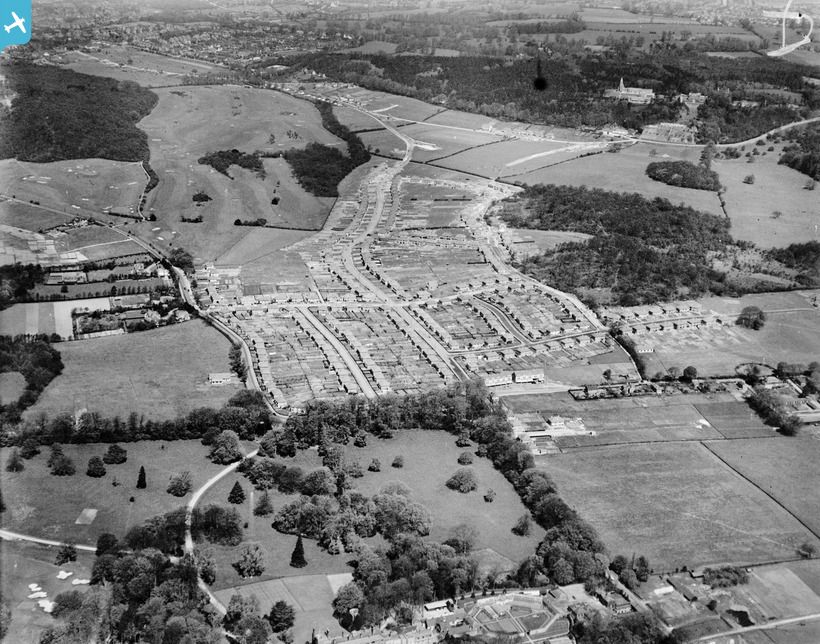
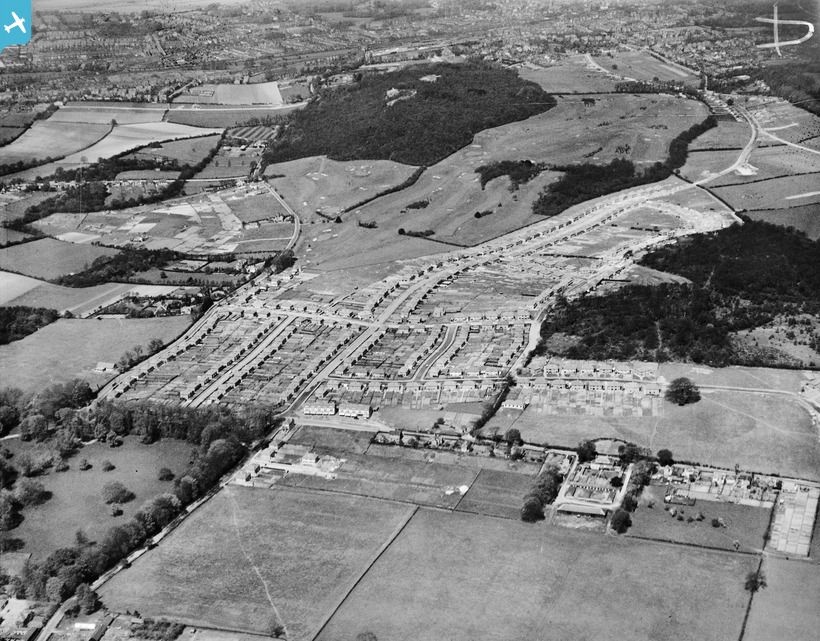
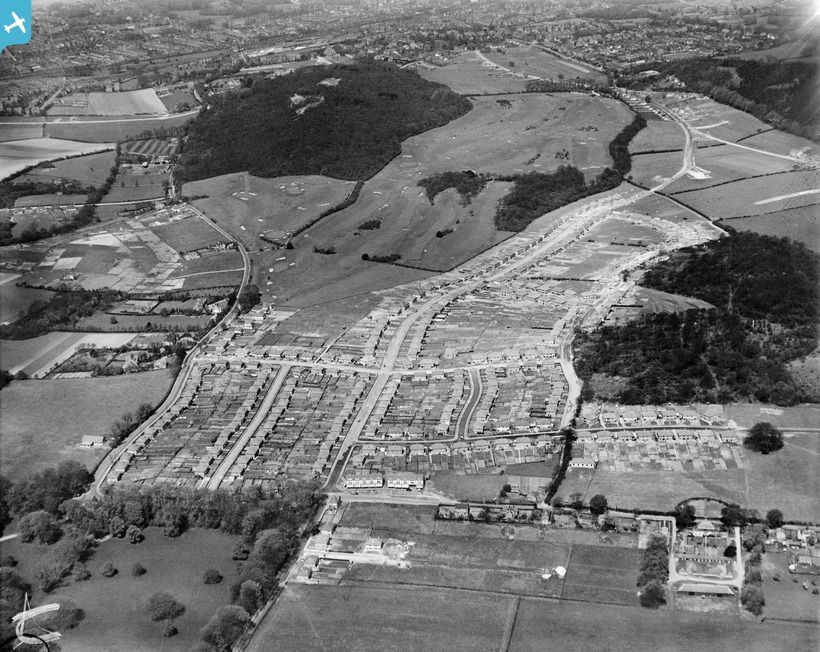
This is Ouse Valley in Bedfordshire. As far as I know it no longer exists, but it looks very virile in this picture.

Royal Ascot Racecourse, until very recently, had a golf course within its course. They’ve moved. Here is the original.
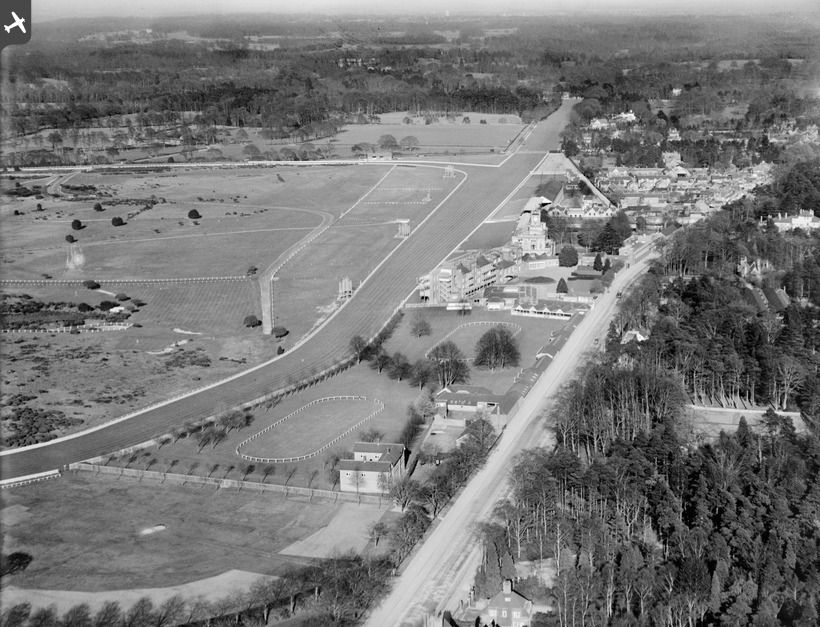
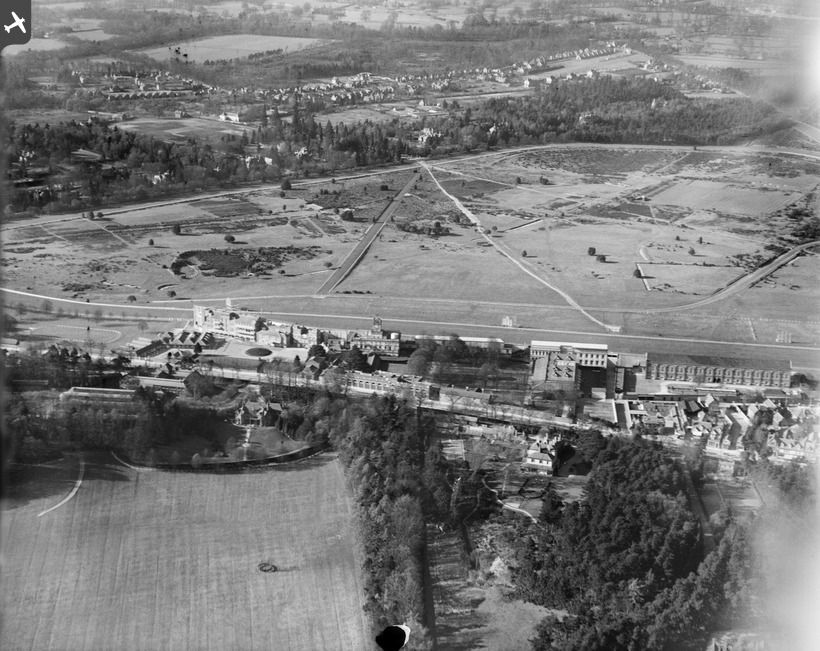
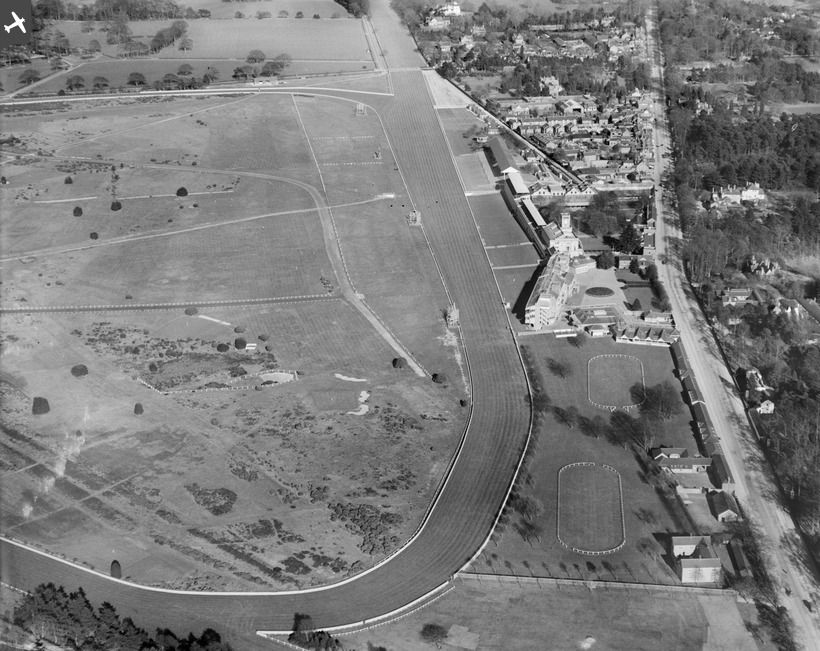
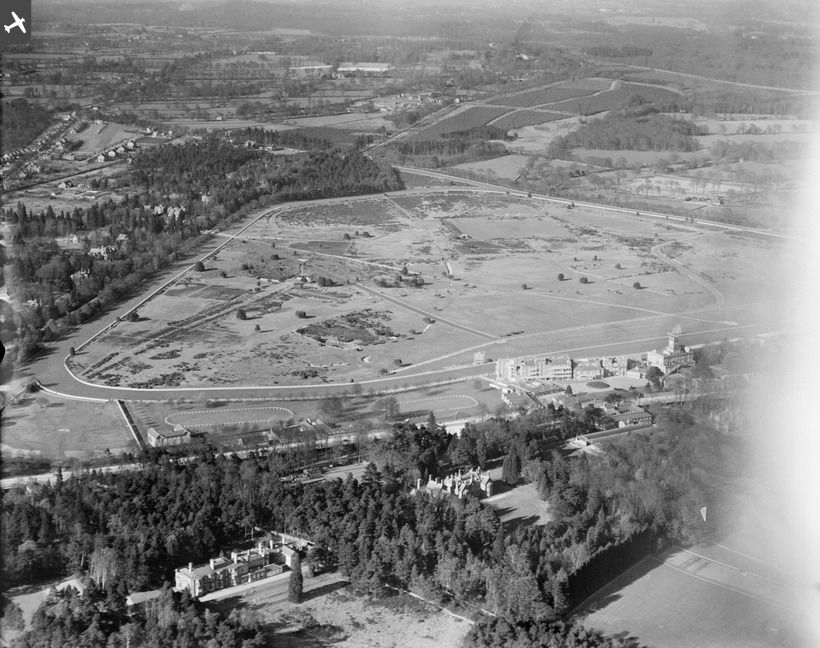
Here is the Wentworth clubhouse 5 years after it opened as a golf club.
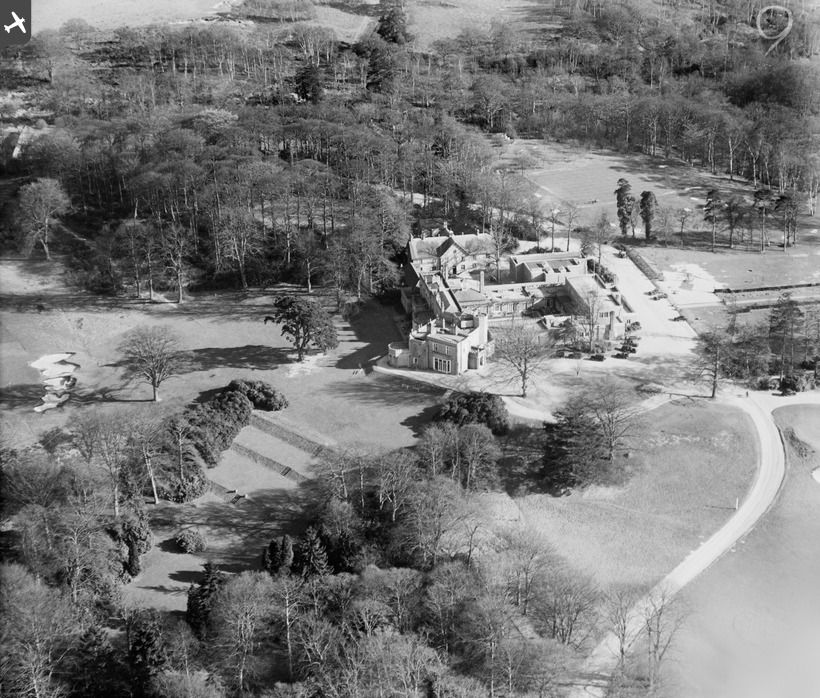
This says it’s Camden Park, Chislehurst. I think we now call it simply Chislehurst, a club started in 1894. The bunkering when that aerial was taken is a lot more ferocious than it is today if Google Earth is to be believed.
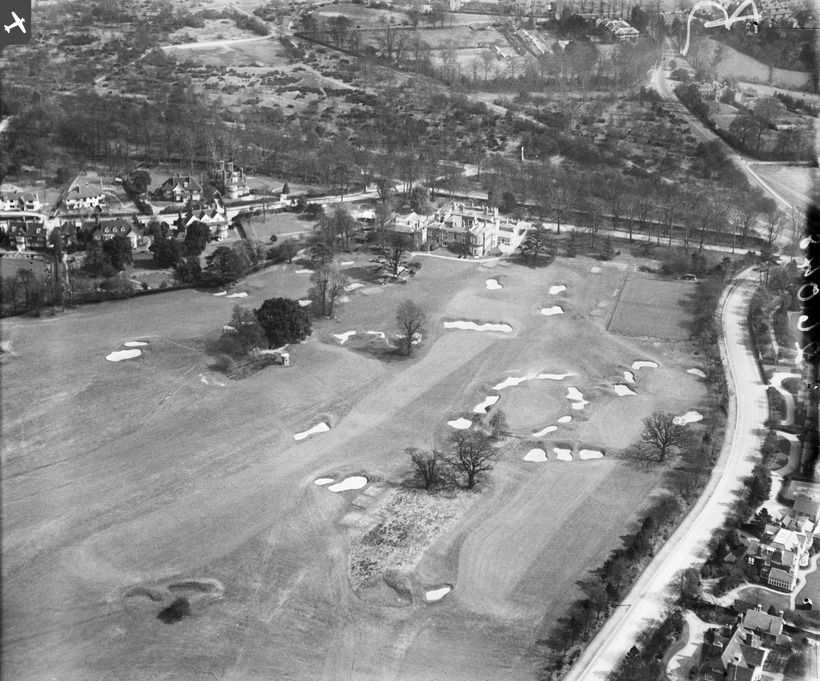
This is for the collectors. This is Hanger Hill near Ealing in west London. I think a pitch-and-putt course remains in Hanger Hill Park, but this is surely somewhere nearer the A40. I lived in Ealing from 1974 to 1977, but it surely didn’t look like this in those days! But how many holes are there here? Two?
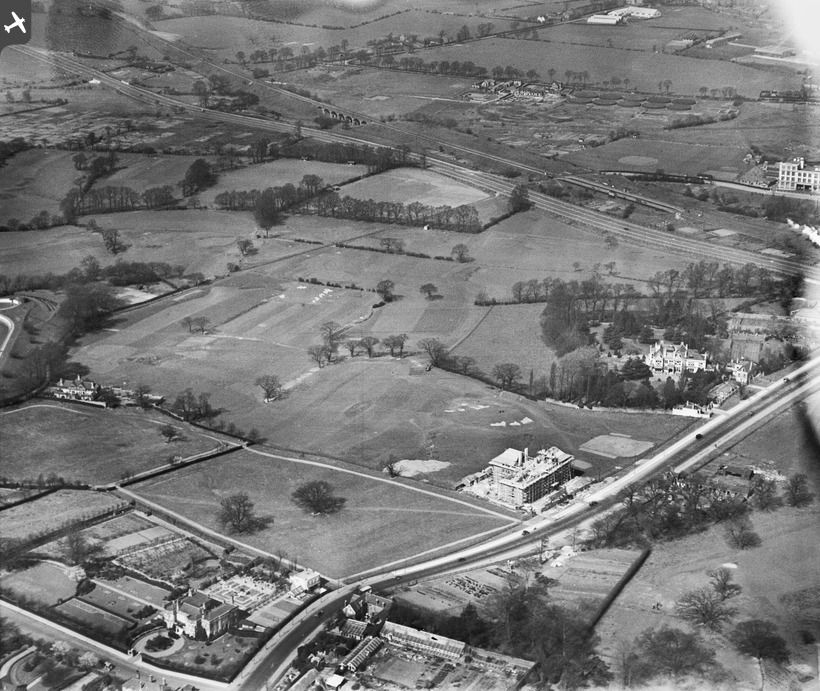
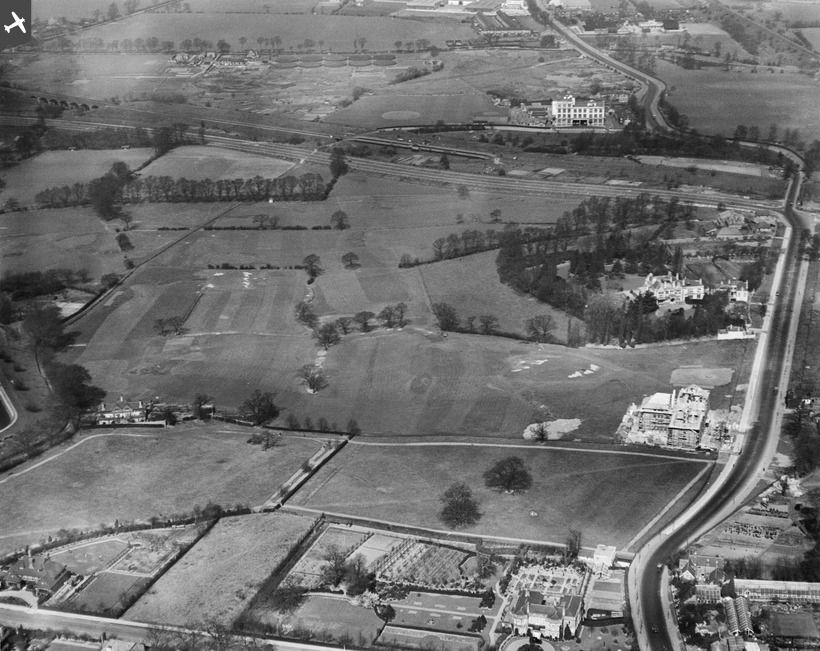

Where is this? It says Wrotham Park 1928 on the source, and there is a Wrotham Heath in Kent dating back to 1906. Chances are that it is the same place. Note the shape of the greens – as with quite a number of former pictures.
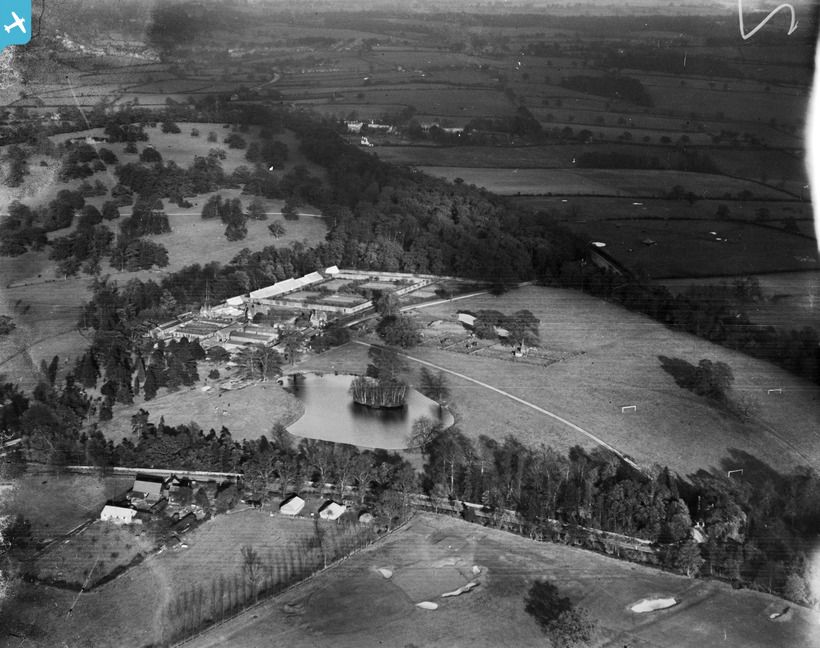
Finally, Temple Newsam, a lovely house in the Leeds suburbs (now a museum) with two MacKenzie golf courses. You don’t get to see a lot here – the house was, obviously, of greater interest to the photographer, but you get a little bit of MacKenzie bunkering – and you will have to wait a while until they scan any pictures they may have of Alwoodley or Moortown.
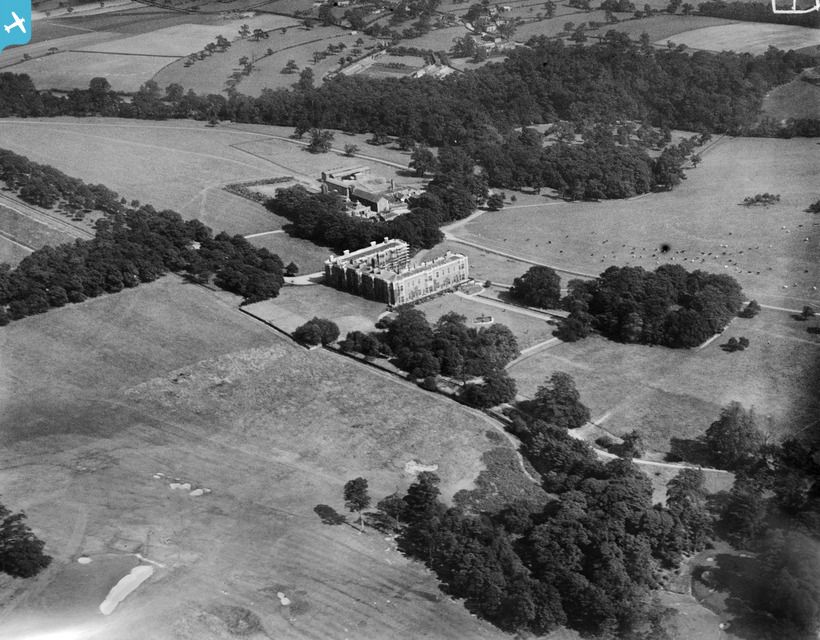
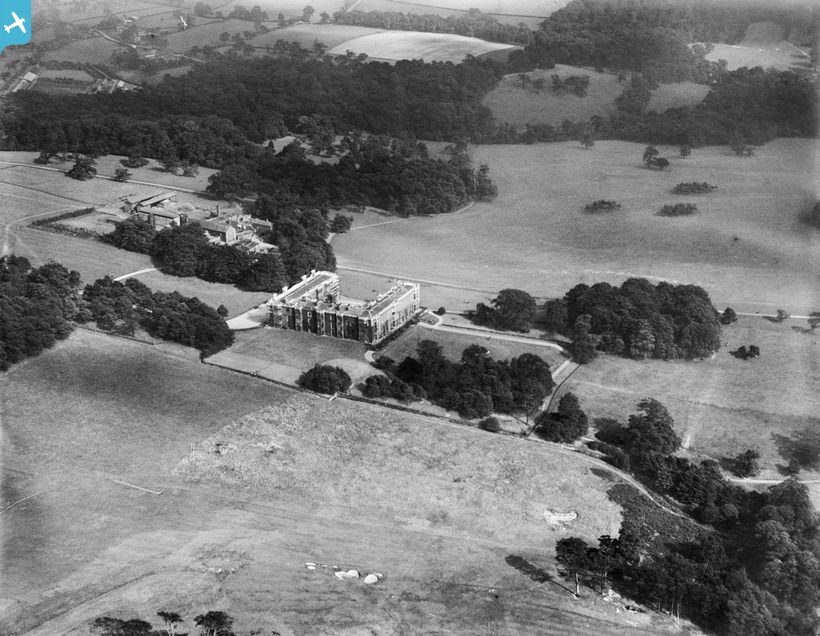
More to follow when I download some more.